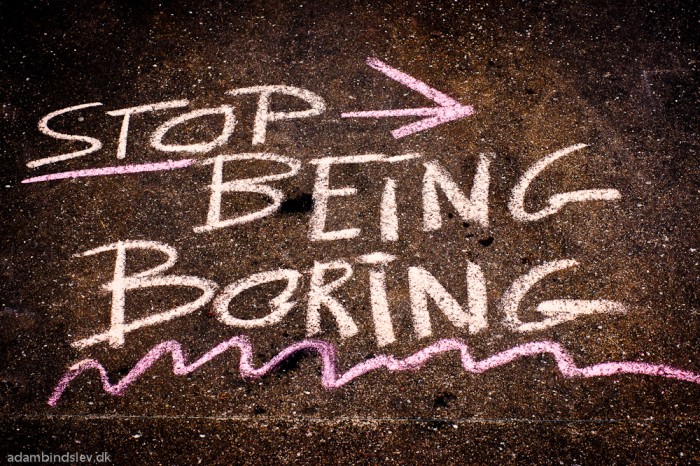Daily Scrums explained
Forget boring, stuffy meetings: this is your team’s daily synchronization tool.
Before I tell you what the meeting is about, let me begin by telling you that, contrary to popular belief, the daily scrum meeting is not a status report meeting. If your team merely stands around in a circle, each reciting what they did yesterday and what they will do today while looking straight at the Scrum Master, then you are the kind of team I am talking about!
The daily scrum is in fact about allowing team members to synchronize on a daily basis to coordinate their efforts for a sprint. Notice that when you build a sprint backlog, you identify the tasks and the number of hours for each of these tasks but you do not identify target end dates or build Gantt charts for dependencies. The daily scrum is how teams synchronize and communicate throughout the sprint.
Why should the meeting occur every day, at the same time and in the same location? Because sometimes routine can be your friend. What you really want is for John or Julie to walk into the office in their zombie-like state, automatically grab their coffee and find their way to the meeting. You want the meeting to become a habit for everyone.
Who should attend?
Teams often ask me who should attend the daily scrum meeting. Team members are mandatory attendees, while the Scrum Master and Product Owners are optional attendees. Ideally team members will self-organize and run the meeting on their own, but initially the Scrum Master facilitates the meeting to make sure the team gets on track.
One team I collaborated with decided to name a different meeting facilitator every day of the week. This allowed the team to take full ownership of the meeting instead of the Scrum Master.
Focus on synchronization
Sprint backlogs do not contain due dates so teams need some form of mechanism to work on their dependencies during a sprint. The most effective and useful way to run your daily scrum meeting is to focus the team on answering three daily scrum questions with a goal of synchronizing their efforts and making sure they will meet their sprint goal.
The not so subtle distinction between the daily scrum as status report instead of a synchronization meeting begins with how the team answers the following three questions:
- What did I do yesterday?
- What did I do today?
- What are my blockers?
When team members talk about what they did yesterday, they provide cues to others with a dependency on their tasks. For a simple case, a developer pointing out all coding tasks related to a specific feature are complete signals to the tester that they can begin testing it.
When a team member talks about what they will do today, they are essentially making a verbal commitment to the team. Other team members will know what this person is working on and if they are focusing on work relevant to meeting the sprint goal. Similar to the previous example, knowing ahead of time what another team member is working on may help you better plan your day. For example, if a developer expects to finish the work on a feature today, a tester may decide to focus on finishing the relevant test cases for this feature.
Read the rest of this article »
 Urban Turtle provides two add-ons filled with tons of features that'll help your team achieve great Daily Scrum Meetings: Custom Boards and Sprint Backlog.
Urban Turtle provides two add-ons filled with tons of features that'll help your team achieve great Daily Scrum Meetings: Custom Boards and Sprint Backlog.
